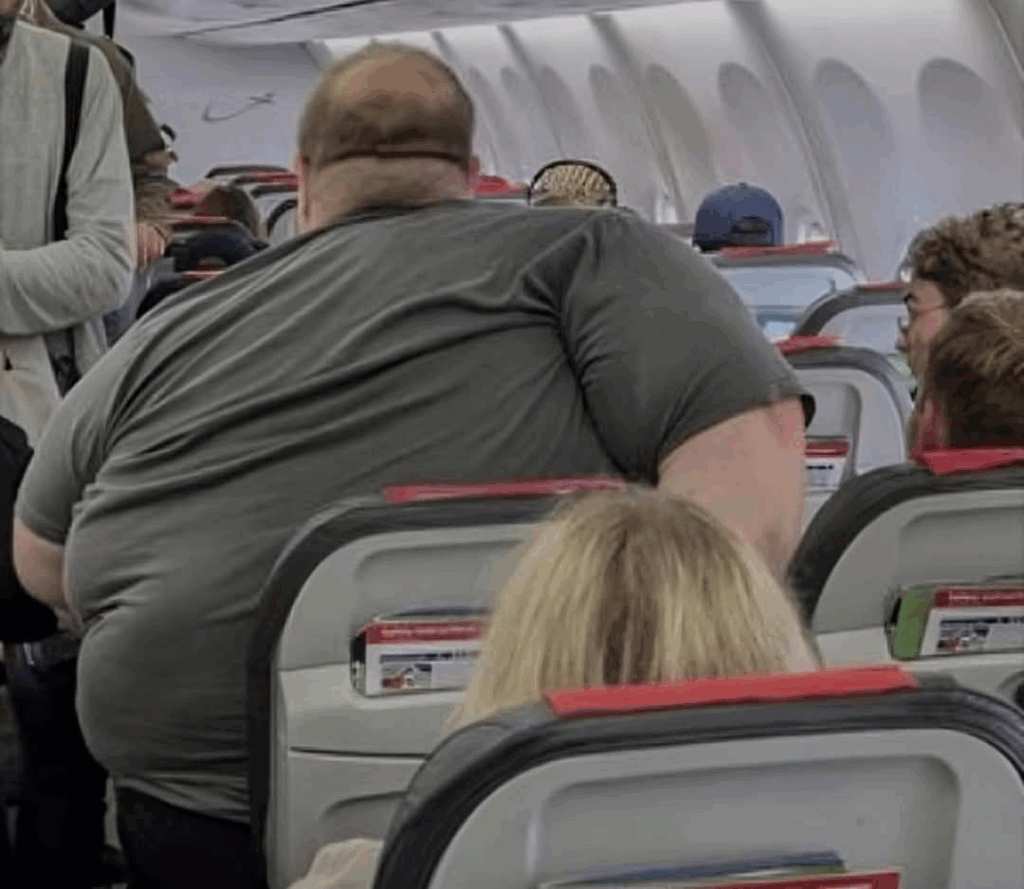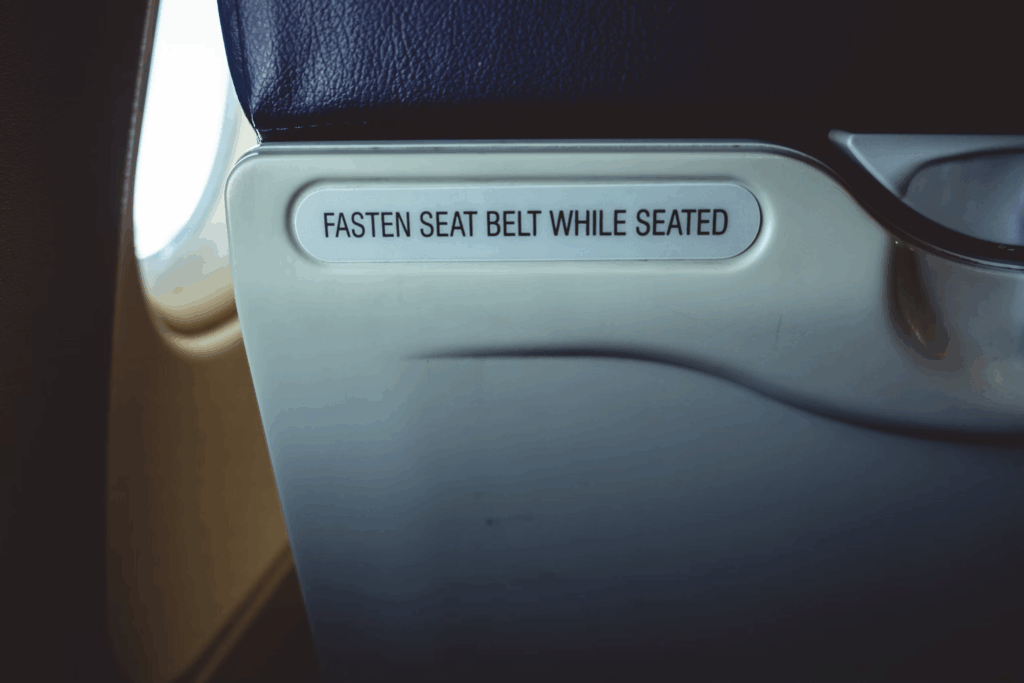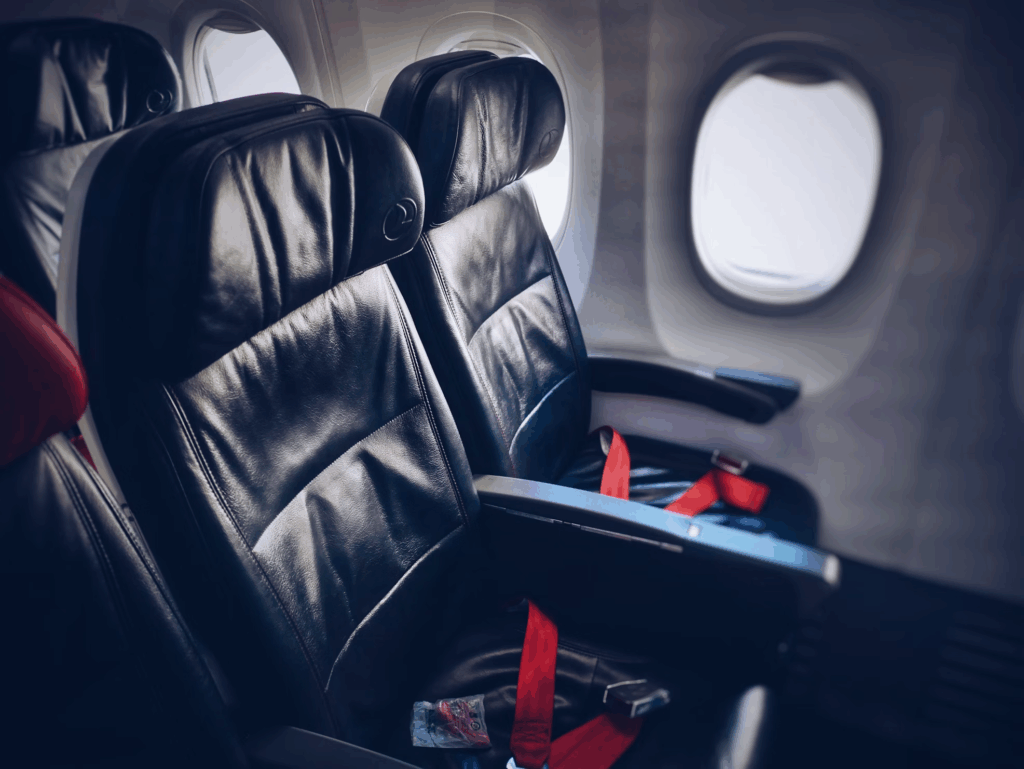It started with a single photo—an image showing a man visibly uncomfortable, wedged into an airplane seat far too small for his body. His arms spilled over the armrests, his expression strained. Captured by consumer advocate Christopher Elliott and later shared by music group Pretty Ricky, the image went viral. It didn’t just rack up likes—it ignited a global conversation about body inclusivity and fairness in modern air travel.
It struck a nerve. Thousands of people chimed in, debating whether airlines should provide more accommodating seating options for plus-sized passengers—and if so, who should cover the cost.

The Reality of Flying While Plus-Sized
Let’s face it: airplane seats aren’t designed for comfort. But for plus-sized passengers, they can be downright punishing. Most economy seats average just 17 inches in width, barely more than the length of a standard laptop. For anyone with a broader body, that’s a tight squeeze, both physically and emotionally.
Passengers often face not only physical discomfort but also embarrassment, judgment, and in some cases, outright discrimination. Whether it’s struggling with the seatbelt, encroaching on a neighbor’s space, or being told to purchase a second seat, the flying experience becomes a minefield of stress and stigma.
Video: Southwest Airlines implements policy that accommodates plus-size passengers
Current Airline Policies for Larger Travelers
Airline policies on accommodating plus-sized passengers vary widely—and inconsistently. Here’s how a few major carriers approach the issue:
- American Airlines may require passengers to purchase a second seat if their body extends more than an inch beyond the armrest.
- Southwest Airlines allows larger passengers to request a second seat at no additional charge if booked in person.
- Delta Air Lines does not have a formal policy but advises purchasing an extra seat.
- United Airlines requires a second seat or upgrade to a larger cabin if a passenger cannot fit comfortably in a standard seat.
In theory, these policies provide options. In practice, though, implementation often depends on how full the flight is or the discretion of a gate agent. That unpredictability leaves travelers unsure of what to expect—and frequently paying out of pocket for double the space.
What Real Travelers Are Saying

The viral photo’s comment section turned into a raw and unfiltered forum. Some argued that passengers who occupy more than one seat should pay for two. Others suggested creating wider “plus-sized” seats for an extra fee, just like premium legroom for taller travelers.
One commenter wrote, “If tall passengers have to pay for more legroom, it seems fair that wider passengers pay for more width.” Another echoed frustration with inconsistency: “I’ve had to sit squished next to someone using a seatbelt extender. For hours. It’s not fair to either of us.”
Still, many empathized with the passenger in the photo, urging airlines to develop more compassionate policies. “We need to stop shaming people and start designing better spaces,” one person wrote. “Everyone deserves to fly with dignity.”
The Bigger Picture: Is Air Travel Built for Everyone?
Let’s zoom out for a second. It’s not just about the seat. It’s about the entire flying experience—from narrow aisles to tiny lavatories. Even boarding and deplaning can be physically taxing for people with larger bodies.
What if airlines offered a dedicated comfort class—seats designed with wider bodies in mind? We already accept different fare levels for legroom, baggage, and meal service. Why not width? Creating more equitable flying options isn’t about favoritism—it’s about respect.
Of course, designing these solutions isn’t simple. Planes have limited space. Adding larger seats may reduce total capacity, potentially increasing ticket prices. But the real question is this: Do we value profit more than human dignity?
Video: The Realities of Traveling While Fat
Possible Solutions That Don’t Shame or Overcharge
The answer isn’t just to charge double or ignore the issue. Thoughtful solutions might include:
- Offering wider seats at a reasonable surcharge—not double fare
- Providing clearer, consistent policies across airlines
- Allowing passengers to reserve extra space without embarrassment
- Redesigning cabin layouts with inclusivity in mind
Importantly, airlines must train staff to handle these situations with empathy—not judgment. No traveler should feel singled out or ashamed for needing comfort.
Conclusion: Toward a More Inclusive Sky

This isn’t just about one viral photo—it’s about the experiences of countless passengers who’ve been squeezed, judged, or sidelined simply because of their body size. As travelers, we all deserve respect, space, and a little dignity when we fly.
Airlines now have an opportunity to rethink the way they design, price, and manage seating. The public is paying attention, and the demand for change is only growing louder.
Comfortable travel shouldn’t be a luxury—it should be a baseline. The sky belongs to everyone. It’s time airline seats did too


